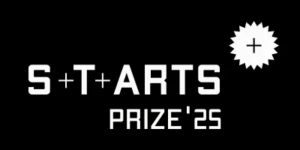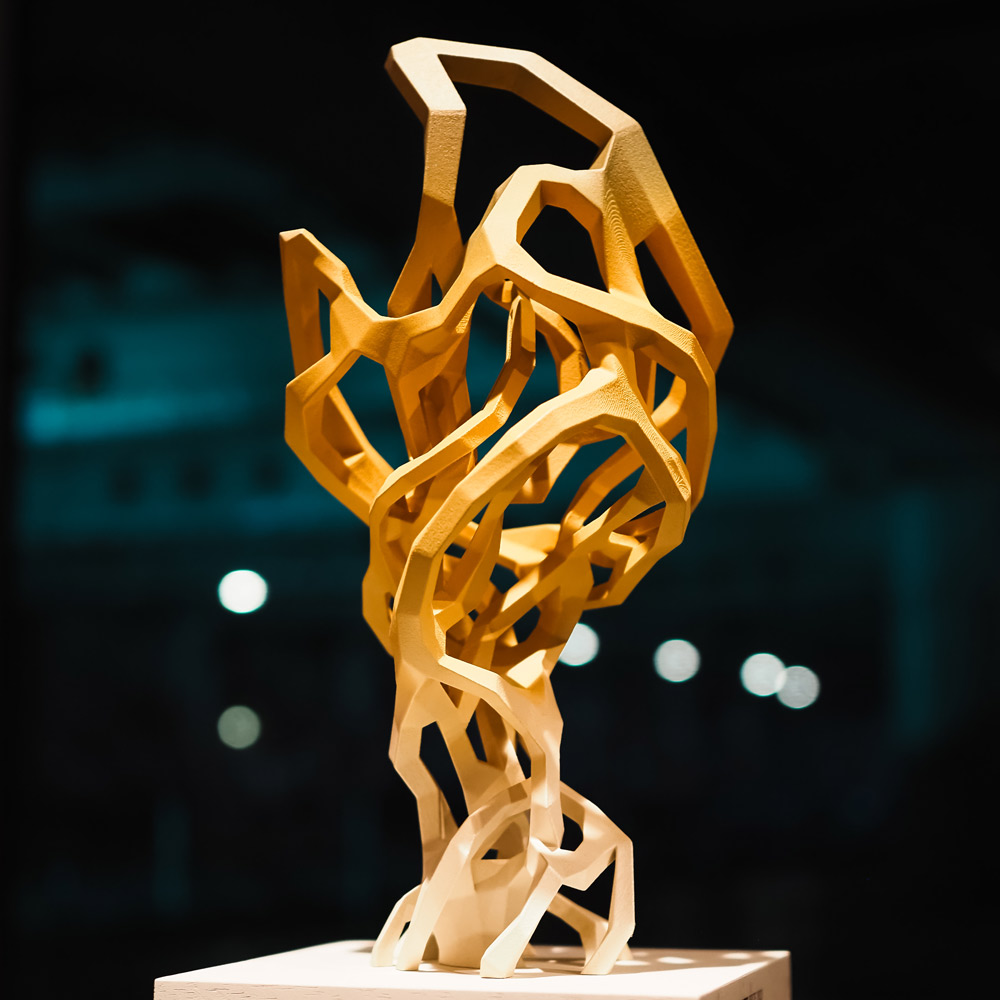
Honorary Mentions
-
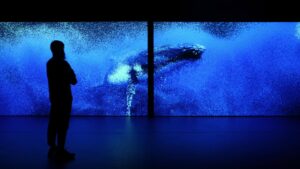
Seeing Echoes in the Mind of a Whale
Marshmallow Laser Feast (GB)
Seeing Echoes in the Mind of a Whale is a large-scale audiovisual installation immersing viewers in the sensory world of cetaceans, celebrating the rich biodiversity of our oceans.
-
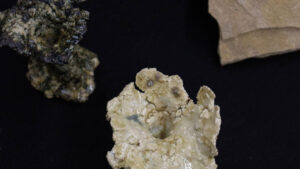
Kataula
Ana Mikadze (GE)
Heidelberg Materials (previously Heidelberg Cement) is a German multinational building materials company. Offering a counter-narrative rooted in the locality of Kavtiskhevi, Georgia, told by the artist’s grandmother: the work seeks to dismantle Heidelberg Cement’s carefully curated image of responsibility.
-

Data Against Feminicide: AI tools, transnational community, and data activism
Isadora Cruxên (GB), Catherine D’Ignazio (US), Silvana Fumega (AR), Helena Suárez Val (UY)
Data Against Feminicide is a feminist participatory action research and technology design project. We collaborate with data activists, artists, nonprofits, communities, governments, and journalists who monitor feminicide (or femicide in some contexts).
-
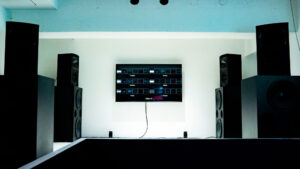
Brain Processing Unit – The Future Where Biology and Computer Integrate
SoftBank, Daito Manabe, The University of Tokyo – Special Exhibition (JP)
Focusing on the distinctive abilities of the human brain, such as adaptability to unfamiliar environments and remarkable learning efficiency, the SoftBank Research Institute of Advanced Technology has been collaborating with artist Daito Manabe and the Ikeuchi Laboratory at the University of Tokyo on a project since 2022.
-
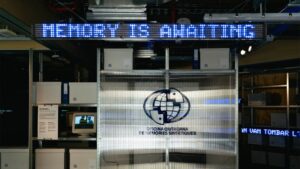
Synthetic Memories
Domestic Data Streamers (ES)
Synthetic Memories is a heritage preservation initiative using generative AI to reconstruct and safeguard personal memories at risk of being lost or never visually documented.
-
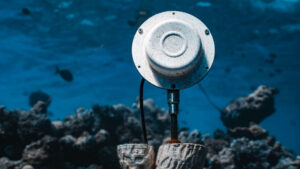
Coral Sonic Resilience
Marco Barotti (IT)
Coral reefs are vibrant underwater ecosystems essential for maintaining marine biodiversity and protecting coastlines. Thriving with life, they create a unique underwater symphony that resonates with the crackle of shrimp, the chatter of fish, and other marine sounds.
-
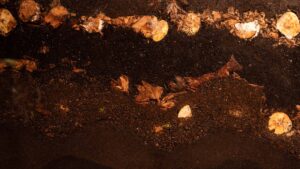
Computational Compost
Marina Otero Verzier (ES)
Computational Compost addresses the environmental impact of data storage and proposes a synergy between technology and ecology.
-

Coexist
Emergence Delft (NL)
Coexist is the outcome of artistic research on quantum technology by Emergence Delft. By translating key principles like superposition and the measurement problem into a life-size, multidimensional installation, Coexist offers visitors an experience of quantum phenomena.
-

Breathing Architecture
Filippo Nassetti (IT/GB)
Breathing Architecture explores the anatomy of air, modelling its flows within the intricate and beautiful structures of human respiration. The project merges art and science to advance the study of human anatomy, connecting artist Filippo Nassetti with researchers at the Barcelona Supercomputing Center through the S+T+ARTS AIR Residencies program.
-
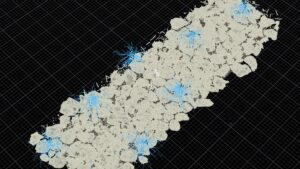
The Nebelivka Hypothesis
Forensic Architecture (UK), David Wengrow (UK)
Below Ukraine’s rich, black soils lie ancient settlements, rivals in scale to the first Mesopotamian cities, yet conceived on radically different principles. Their archaeological remains trouble our understandings of urban space, power, and ecology.
-
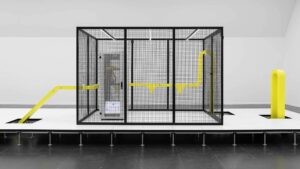
P2P
Eva & Franco Mattes (IT, US)
Inspired by a speculative project by architect Rem Koolhaas—who planned to bring a museum inside a data center—but reversing it by bringing a data center inside a museum, P2P celebrates peer communities created by artists who have used the internet to share works and knowledge over the last twenty years.
-

How (not) to get hit by a self-driving car
Tomo Kihara (JP), Daniel Coppen (GB)
How (not) to get hit by a self-driving car is a game installation that challenges people to cross the street without being detected by an AI. In the experience, players see themselves augmented on a large screen at the end of a playing field, simulating the perspective of an AI-powered camera of a self-driving car.…
